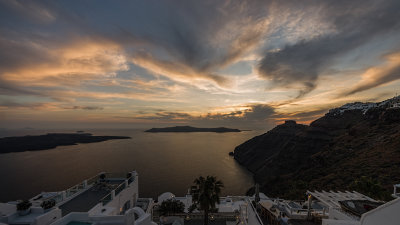Fotocorn
Well-known member
I am thinking of buying a macro lens and have borrowed a Sigma 50mm f2,8 EX DG Macro lens from a friend. It has a separate manual aperture ring. I have been looking at the write-ups on the newer models but none of them seem to have this manual aperture facility.
This lens, with the manual feature, was discussed on this forum in 2006. This has been the only reference to this particular model that I have found, despite spending a fair amount of time researching it on the web.
I have five questions that I hope some-one out there can answer for me.
This lens, with the manual feature, was discussed on this forum in 2006. This has been the only reference to this particular model that I have found, despite spending a fair amount of time researching it on the web.
I have five questions that I hope some-one out there can answer for me.
- in what year was that particular model launched, it must be prior to 2006
- why would you need a manual aperture control when you can use manual mode on the camera.
- How do you use it, what happens if you manually set one aperture and then set another via the camera. I don't want to try in case I cause a problem on a lens that does not belong to me. My friend bought the lens new and has had the lens for years. He has never used the manual facility, nor does he know how to use it, nor when/why it should be used!! He can't remember when he bought it, but he hardly ever uses it.
- I want to photograph small insects at 1:1 and find the very short subject to lens distance on the 50mm to be very limiting. Also the fact that the barrel of the lens extends is a nuisance when setting up. Is there an affordable, non extending lens with similar quality glass available?
- I was thinking of going for 110mm to get extra subject to lens distance but I suppose the trade-off is that I would loose low light capability and would have to use lower shutter speeds.


